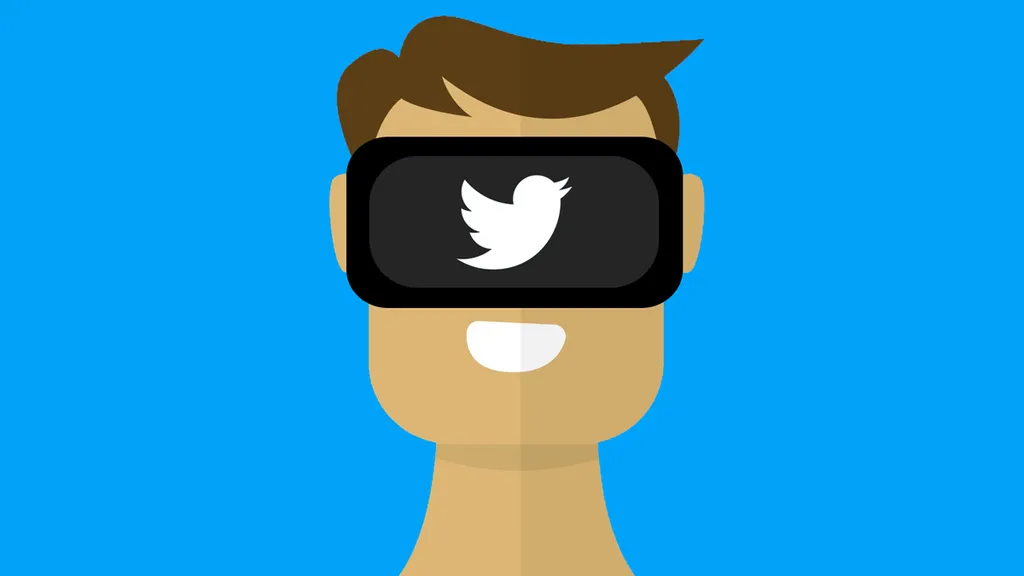Until recently Twitter has appeared dormant through the rise of two of Silicon Valley’s hottest technologies, augmented and virtual reality, but the company’s silence appears to be drawing to a close.
Fresh off of the recent acquisition of Magic Pony Technologies, a machine learning company whose algorithms may have some applications for VR and AR, UploadVR has discovered Twitter has formed a new team focused on VR and AR development. Twitter has hired Alessandro Sabatelli as the Director of VR and AR to “[empower] us all in the spatial computing revolution,” according to his LinkedIn profile.
A former designer at Apple, Sabatelli helped to create the iTunes music visualizer and was a user interface designer for iOS, OS X and Watch OS. More recently however, Sabatelli had been working on VR and AR with his previous company IXOMOXI, which focused on using VR and AR to enhance one’s visual experiences of the world. Aptly titled Lucy, Sabatelli’s and IXOMOXI’s first Gear VR app presents the world through a number of filters using the ‘pass through camera’ functionality on the device.
Psychedelic vision apps aside, Sabatelli’s experience in user interface design and data visualization likely is what led to his recent appointment. Digging into the patents assigned to Sabatelli a few stand out as interesting in the context of the future of AR and VR, including a number around contextually based user interfaces and a location based notification system – all of which were assigned to Apple during his tenure with his name attached. While these patents are property of Apple, it shows a pattern of thought around contextualized interfacing – something that will prove crucial in a world where AR and VR shift us toward spatial computing.
HYPER-REALITY, an artist’s extreme look at a world with AR and contextualized information overlay.
That experience becomes even more interesting when you combine it with the alleged $150M acquisition of a company with a focus on machine learning.
Since joining Twitter, the team at Magic Pony has transitioned into Twitter’s Cortex division, which focuses on “developing state-of-the-art machine learning capabilities to refine and transform [Twitter’s] products.” According to the LinkedIn profiles of some of the members of the team, they currently building out Cortex’s “Visual Experience”. With a team of computer vision engineers on tap that slant may be towards augmented reality as well.
Additionally, Magic Pony’s various video compression patents may also prove important for Twitter’s VR and AR strategies, especially around live streamed 360 video. As Periscope continues to take off, live 360 video seems to be the next logical step in the platform’s development, allowing people to live in the moment with others, rather than seeing it through a window. Live streamed 360 video, especially at scale, brings a number of bandwidth challenges in order to have a broadcast that doesn’t look like a blurry pixelated mess to the end user – challenges Magic Pony’s patented algorithms may help solve.
Whether the Cortex and VR/AR teams work together remains to be seen but it is obvious that even in a time of perceived crisis the company continues to look for ways to push innovation further. Twitter’s Senior VP of Product, Kevin Weil told Variety last year that “VR will be a fantastic world,” and Twitter’s platform “can work great in a VR device” – just how great remains to be seen, but hopefully it won’t be too long before we start to get a glimpse into the platform’s future.



























